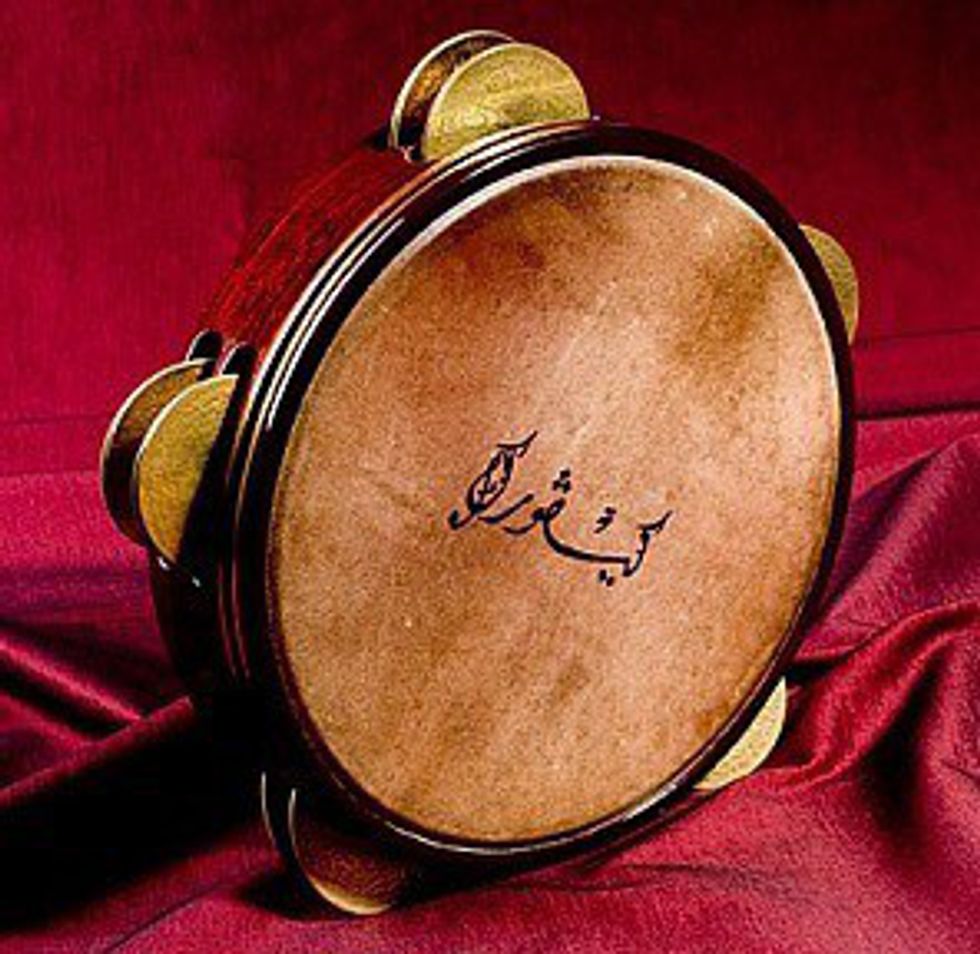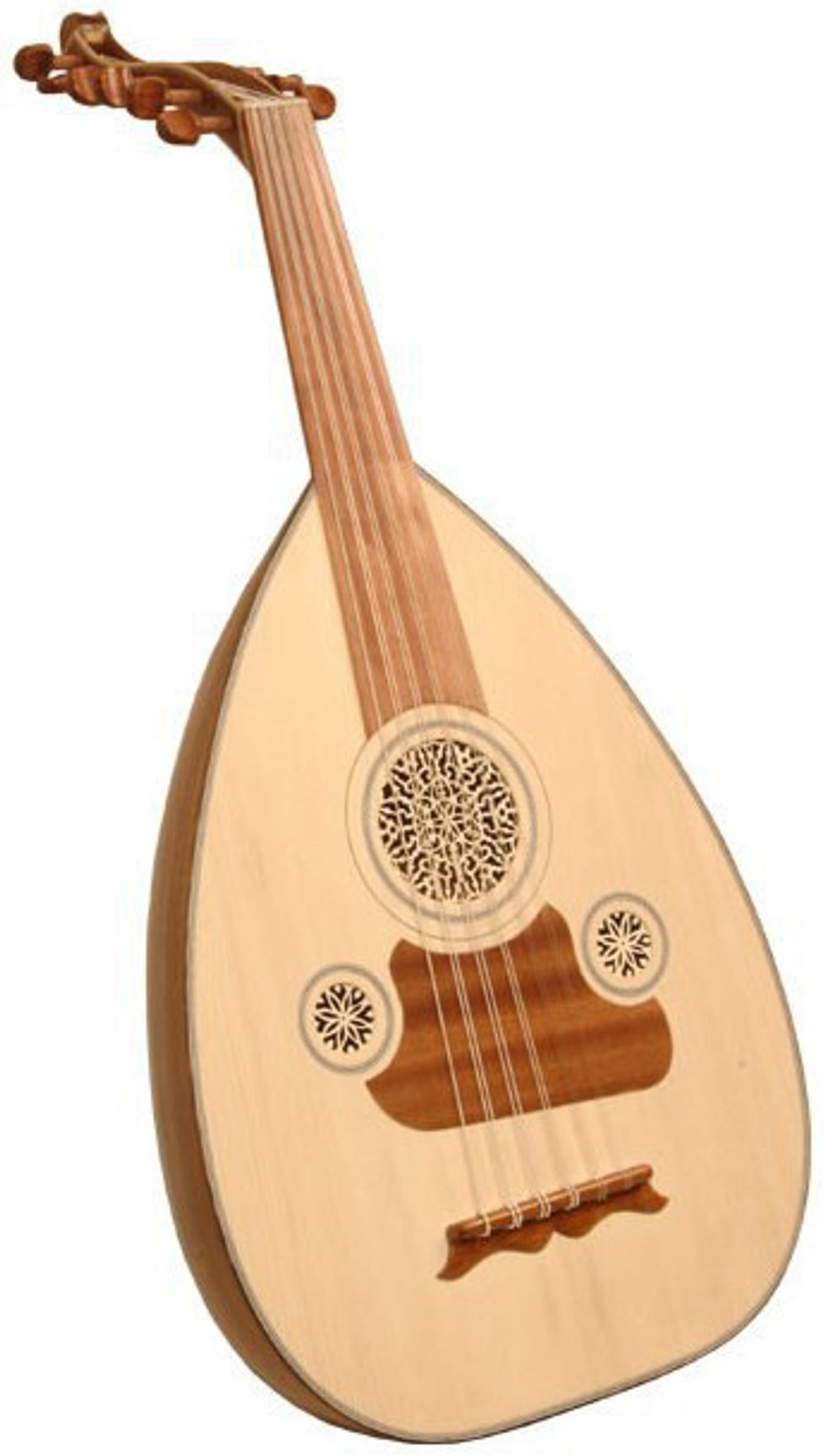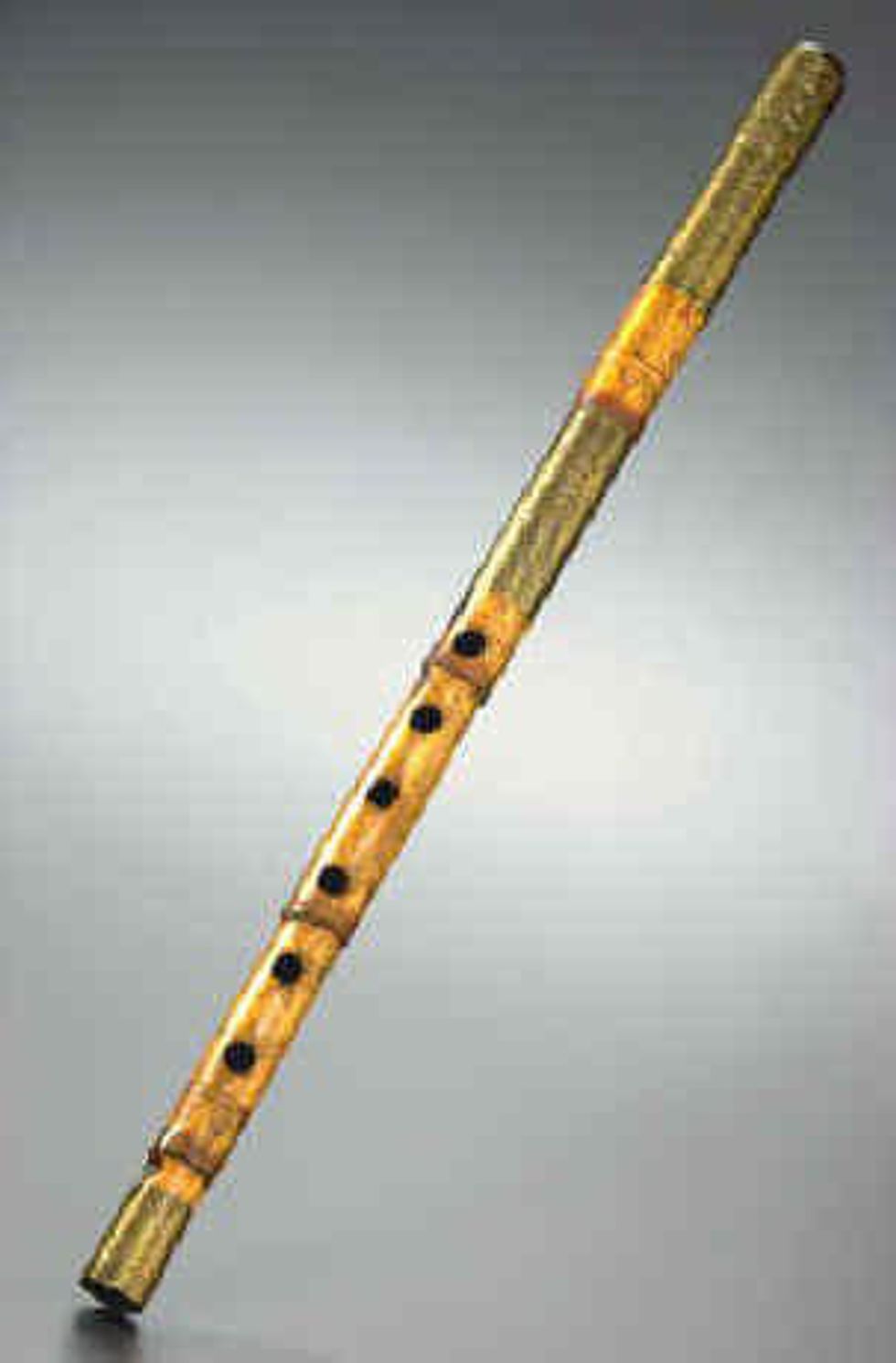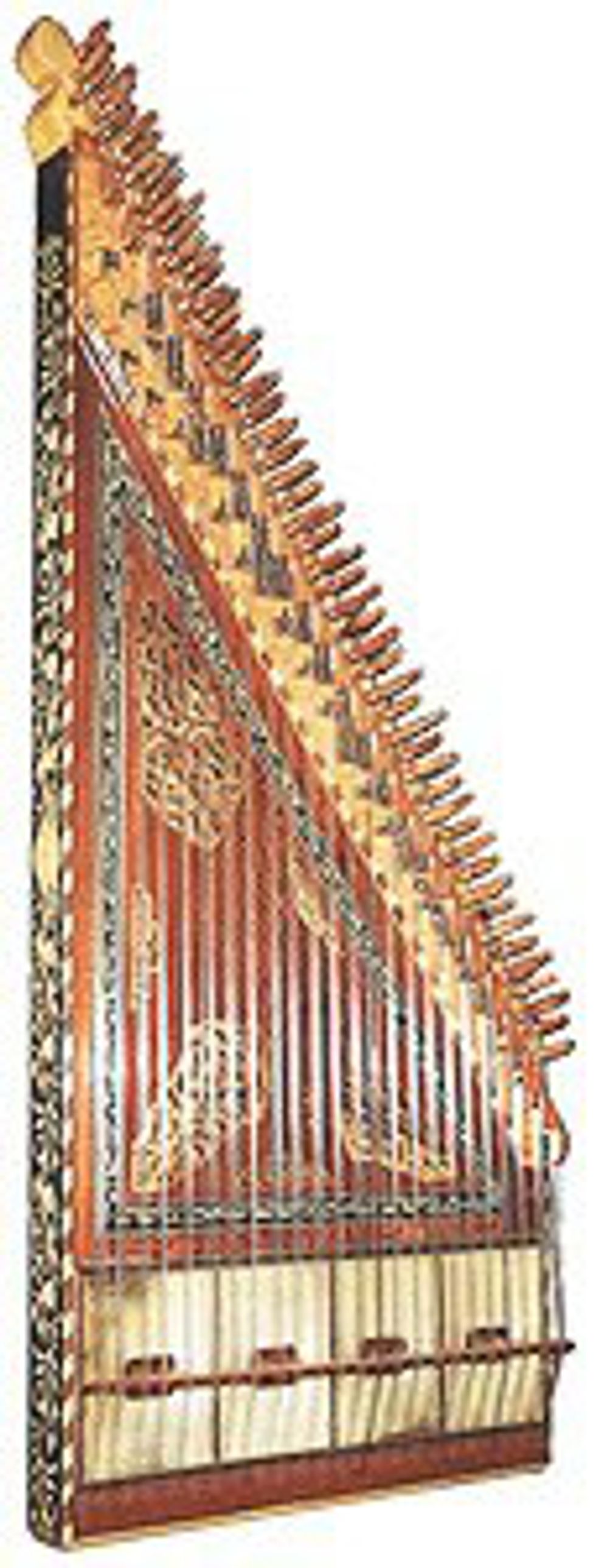Western music and Arabic music differentiate extremely, even though musicians like Shaaban Abdel Rahim are working to blend the two together. The instruments they use produce interesting sounds that create an appealing palette. Many of these instruments are similar to the instruments you will recognize.
Takht literally translates to "bed" in Arabic, this is an Arabic ensemble of instruments. The riq is essentially the tambourine that we use in western music. There are four riq percussion instruments. Sometimes the riq is replaced with the tabla or daff, which are frame drums. Older ensembles used other instruments like the Jawzah, or the Kamanja/Kamancheh, in place of the violin. You can click the links for examples of solos. The most important thing about the string instrument used, usually violin, is the absence of frets on the instrument. This allows the musician to play scales that aren't cut and dry western music theory and express more emotion.
The Takht is typically comprised of:
R Riq:
This is essentially what western music knows as a tambourine. This instrument can produce a lot of sounds, and that is why it possesses such an appreciation by musicians. The name "Riq" originates in the Middle-Eastern world.
Oud:
The construction of the Arabic oud is similar to that of a lute. It is light and made of minimal wood, and Arabic ouds are larger than other ouds and possess a fuller bodied sound. Modern musicians are incorporating the oud into their new world music.
Ney:
The ney is made of a hollow piece of cane or reed, with five to six holes. Modern neys can be made of metal. Within the Arabic system, there are 7 neys. The Kerdene is called a "C" instrument. That means that the second lowest note is a C (the first being a Bb). The others are the Doga in D, Boussalik in E, the Jaharka for F, Nawa for G, Husseini for A, and Ajam for B.
Qanun:
A descendant of the harp, the qanun is a trapezoidal shape with 81 strings.





















